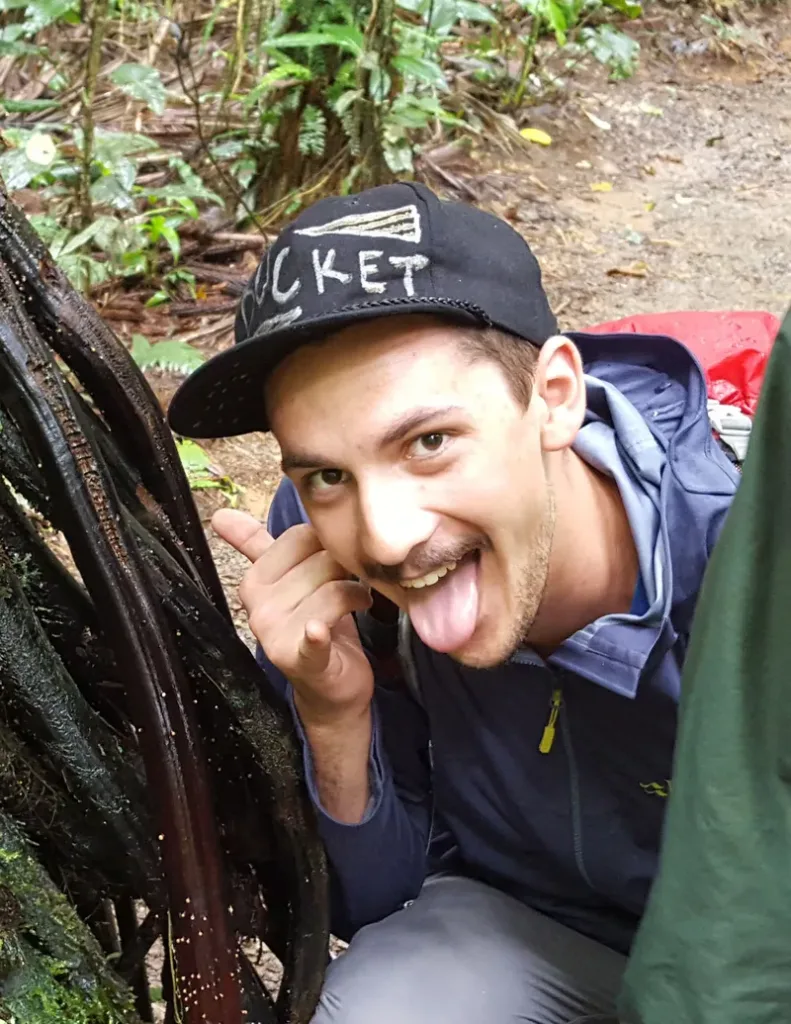
By: Andrew Meyer
A Journey to the Tropical Highlands
A Journey to the Tropical Highlands: Climate, Culture, and Change
When we stepped out of the Cuzco Airport, we were welcomed by a spectacular double rainbow. It was as if the rainy Andean skies had conspired to give us their best. Thus began of our weeklong journey to the southern Peruvian highlands to learn about highland tropical ecosystems, conservation issues faced in these areas, and how local Andean culture was shaped by and has shaped the landscape.
After spending 4 weeks learning about lowland tropical forests and Amazonian culture in Loreto (~100-140 masl), where our center is located, we made a radical change to visit tropical ecosystems and landscapes found 2400-4400 masl. We not only shifted elevations, but traveled further south from our nearly equatorial location at the Center for Amazon Studies to a more seasonal tropical region. Right away, students were able to experience firsthand the “Summer every day and winter every night” (O. Hedberg) climate of the highland and alpine tropics that may have been hard to imagine while seated in a hot and humid room during our very first lecture on tropical climate.
Our trip focused on developing an understanding of the unique features, as well as connections with the Amazon of the tropical Andean highlands, both in the natural as well as the cultural landscape. We observed the changes in vegetation as we traveled across an east-west precipitation gradient from an dry inter-Andean valley through the high puna grasslands to the edge of Manu National Park and the cloud forests that cover the eastern slopes of the Andes overlooking the Amazon Basin. Once on the eastern slopes, we spent several days at Wayqecha Biological Research Station (run by the Amazon Conservation Association), where we were left in awe by the sheer ambition of Dr. Daniel Metcalf’s (Lund University, Sweden) large-scale fog exclusion experiment. This experiment is designed to understand the possible effects of climate change on cloud forest function and biodiversity by simulating the shifting of the cloud belt that forms where cloud forests are and a decrease in fog-water input expected with current climate change trajectories. As cloud forests and the eastern slopes of the Andes are regions of high-endemism, this research is important to understand how climate change may affect epiphyte biodiversity.
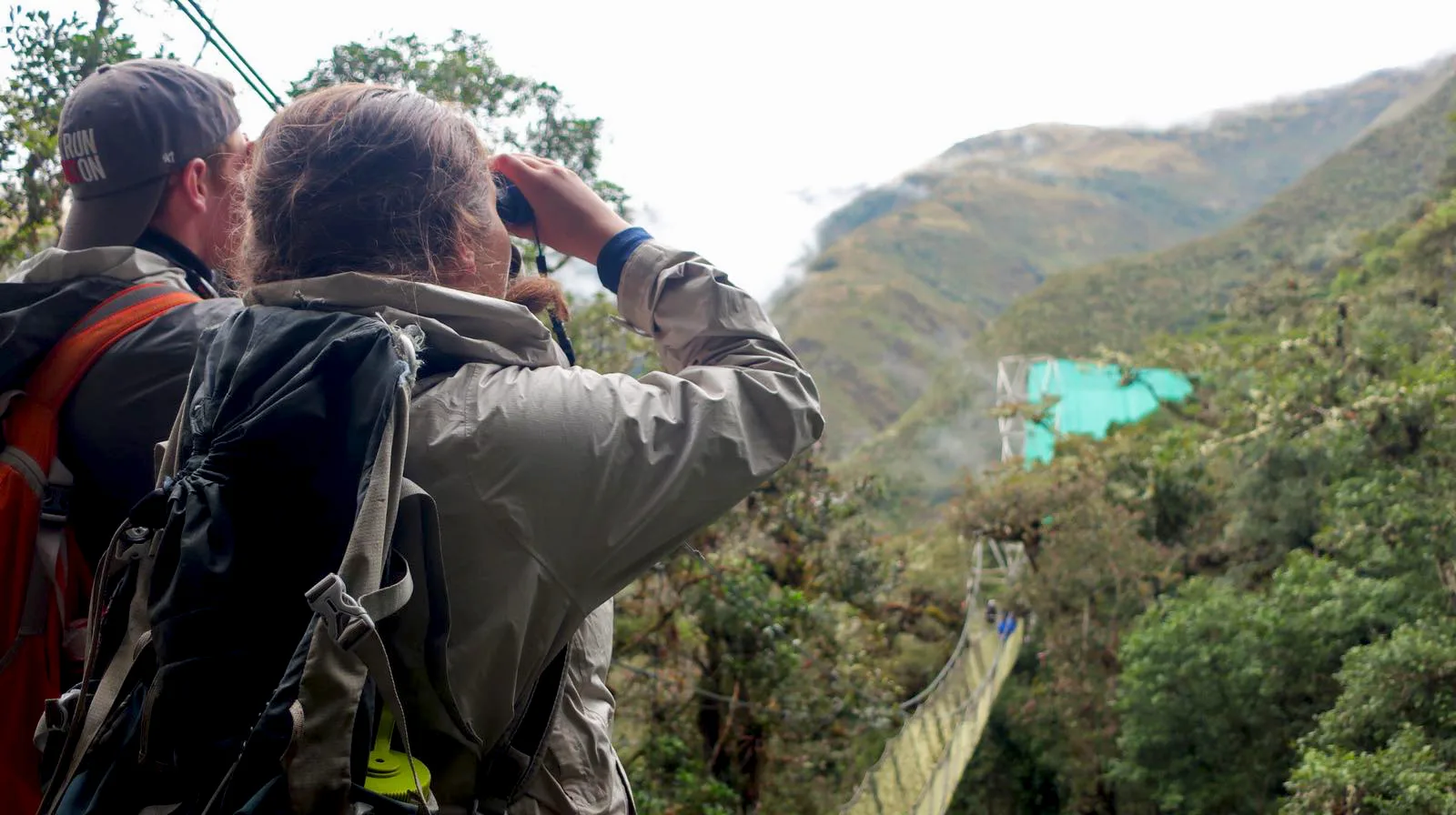
Photo courtesy of Valentina Arias
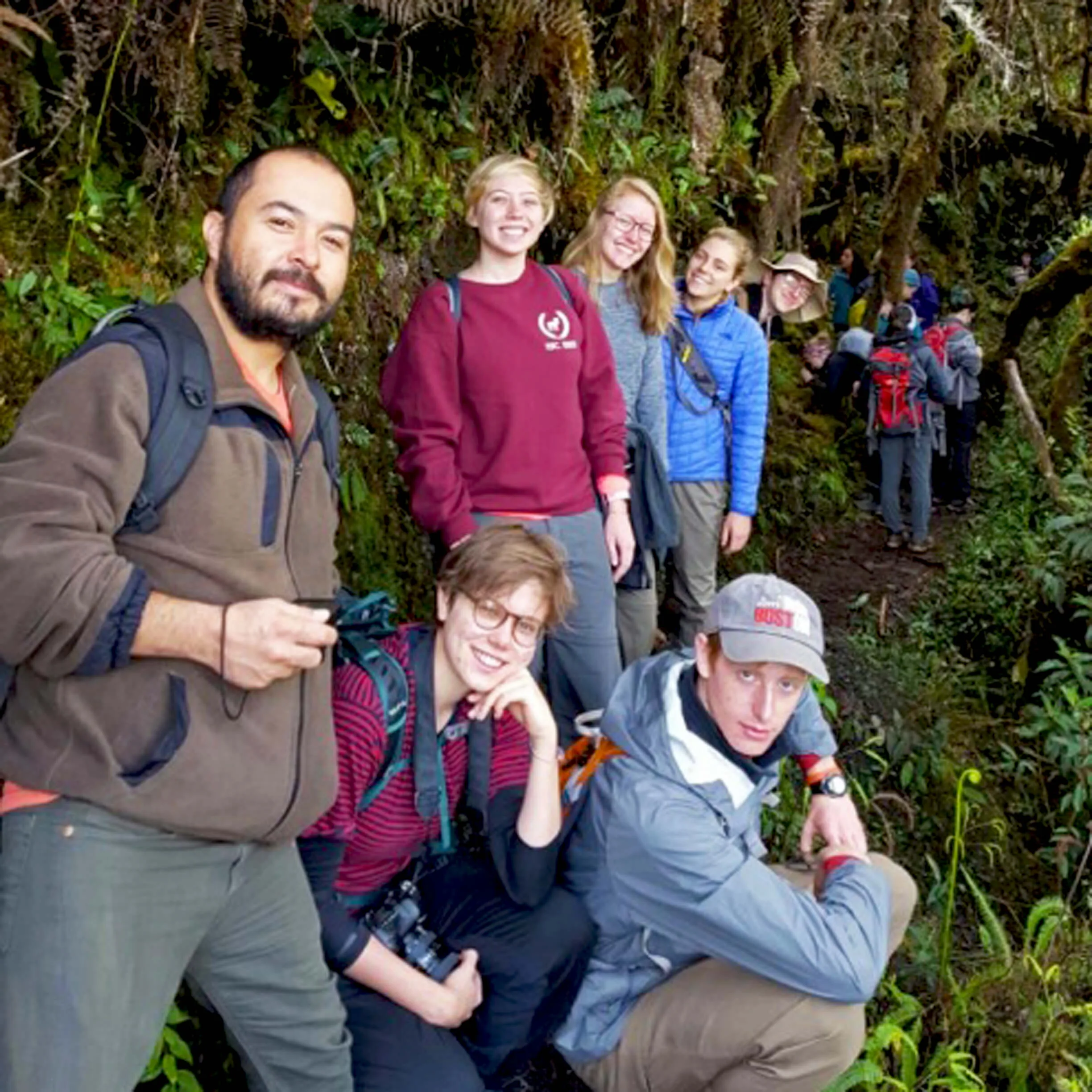
Photo courtesy of Brielle Seitelman
Indeed, climate change is more palpable in the highly dynamic Andes, regardless of whether you are in a cloud forest, the agricultural landscape above Pisac or other human-altered natural landscapes like the Polylepis forests of Abra Malaga. During our visit to the six communities that make up the biocultural landscape of Parque de la Papa (Potato Park), local technicians and villagers told us about the tradition of exploiting different elevational and ecological zones for different cereal and root crops and how that is being altered due to climate change. Because they are finding an increase in pests (like the Andean potato weevil), the communities have opted to meld traditional knowledge and practices with western scientific knowledge and experimental techniques to screen different varieties of potatoes for resistance to pests and adverse climatic events, like frost. While these communities are regarded as conservators of traditional cosmology and agricultural knowledge, they are very aware that traditions must evolve.
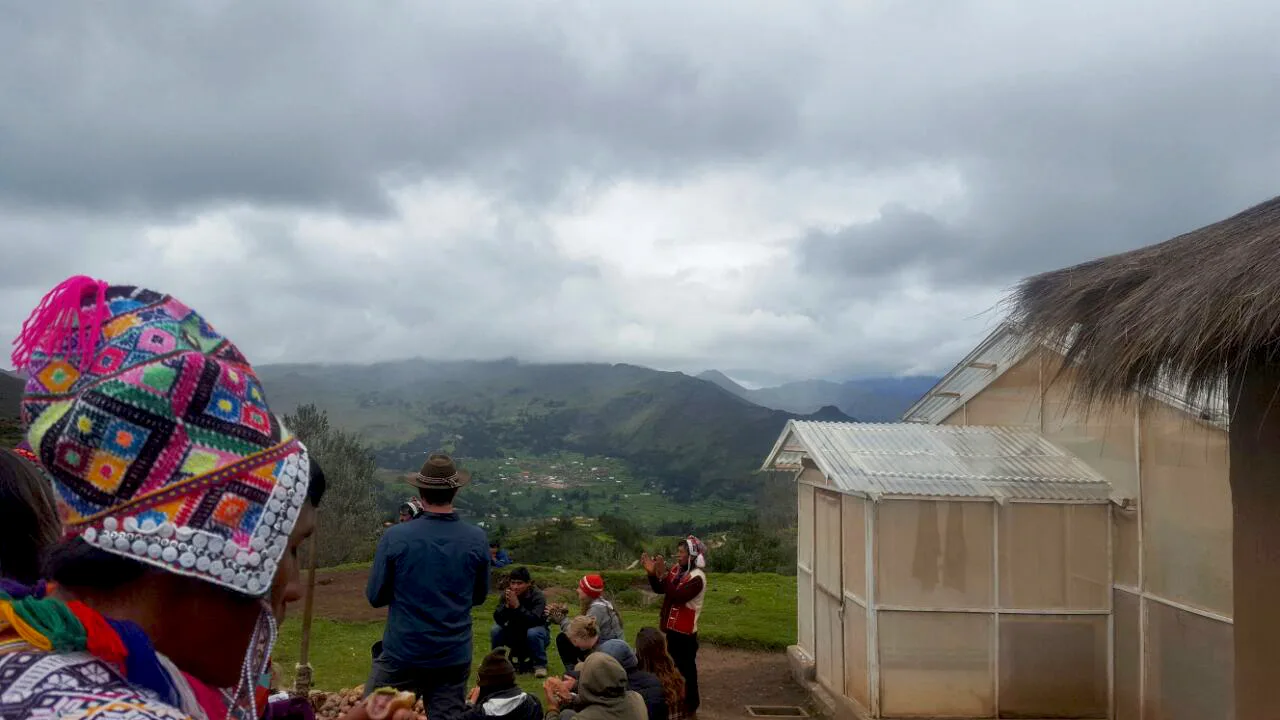
Photo courtesy of Brielle Seitelman
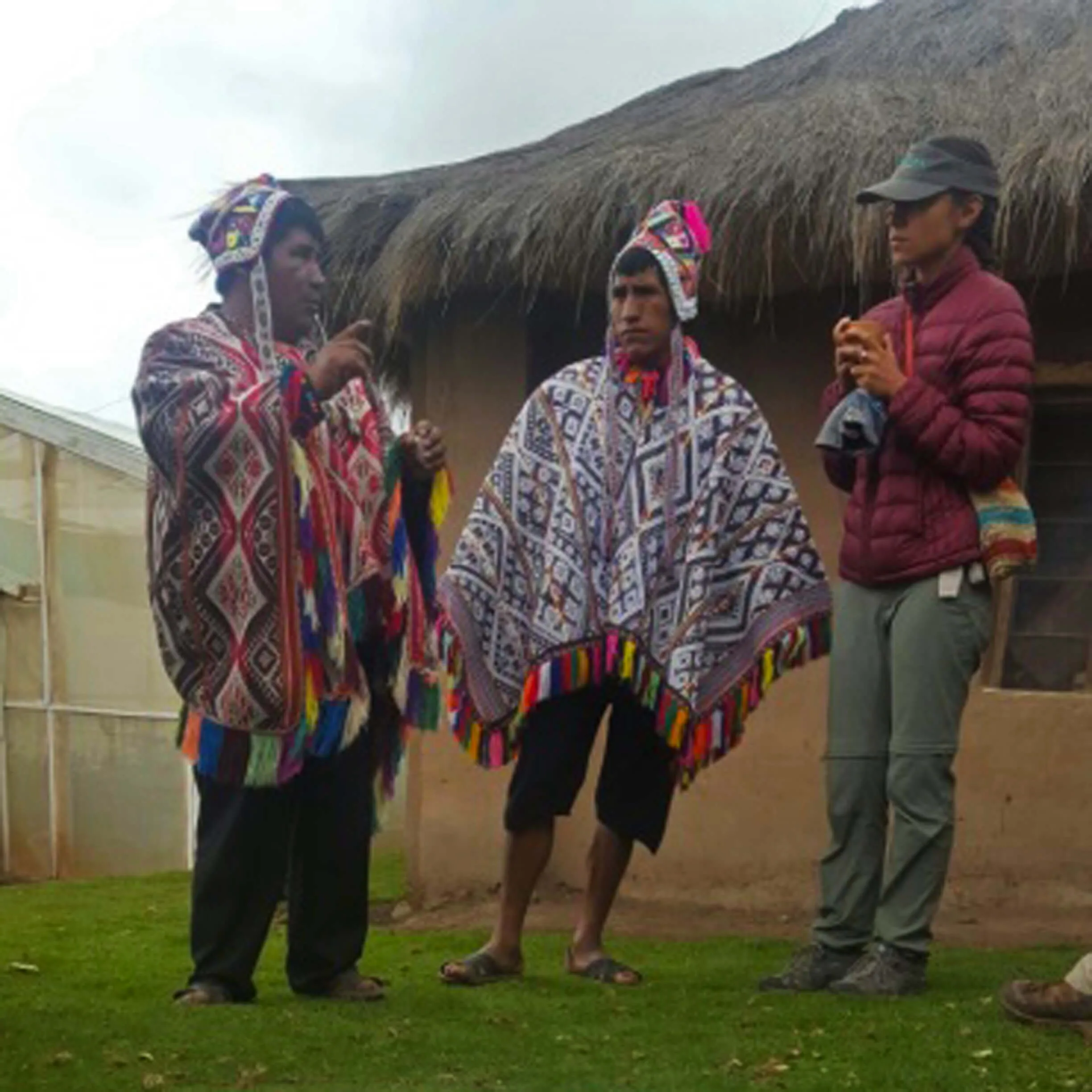
Photo courtesy of Brielle Seitelman
On the last day of our trip, we went to the Abra Malaga Royal-Cinclodes Thanastayoc Private Conservation Area, to see some of the highest-elevation angiosperm forests in the world, dominated by trees of the endemic genus Polylepis. As mountain-top vegetation communities that are already patchily distributed, partially due to natural and partially due to human alteration of land-cover, these forests, the rich biological communities they host, and the ecosystem services they provide (water capture) are facing an uncertain future with current climate change. From my own research, I know that many Polylepis species may not be adapted to the drier and warmer climates expected for the central Andes. However, this community-controlled private conservation area is one village’s response to trying to protect their local forest by committing to its legal protection, reduction of cattle impacts and reforestation. With the help of the Peruvian NGO, ECOAN, they are also betting on making this area self-sustaining through the generation of income from tourists and scientists who use it for research. This is yet one more example of how rural Peruvian Andean communities are being pro-active in their response to climate change and how it is expected to affect their relationship with the ecosystems they live in.
Our trip was an experiential journey that taught us if we continue on the trajectory of expected climate change in the tropical highlands of southern Peru the rainbow that greeted us in Cuzco may become increasingly scarce. However, we also learned that local human communities are betting on their own mitigation and adaptation strategies. As we return to the lowlands, I look forward to student exploration of climate change responses in the lowland tropical forests around our center.
Hedberg O. (1964). Features of Afroalpine Plant Ecology. Acta Phytogeogr. Suec. 49, 1-144.
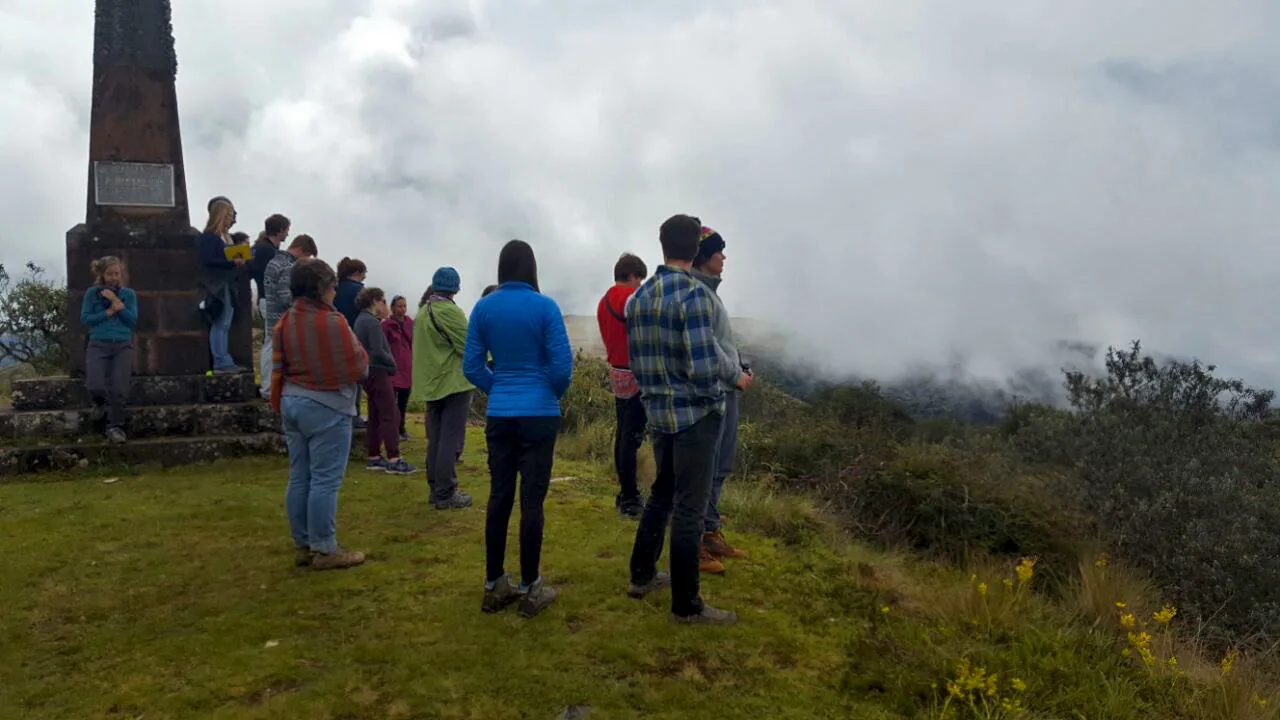

Related Posts


Alumni Reflections: Stories of the Return to Kenya
